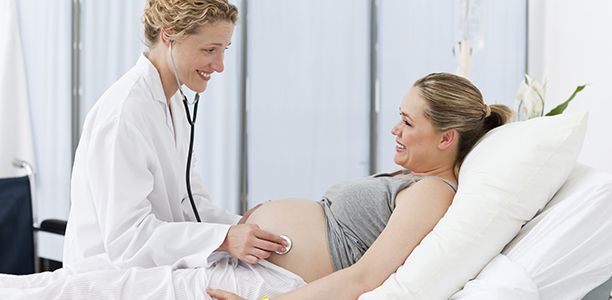More than 300,000 babies are born in Australia each year and Pathology Awareness Australia wants to ensure expectant parents are informed about the many pathology tests on offer and what they are for.
Trimester 1: 6-8 weeks’ pregnancy
On the first GP visit to confirm a pregnancy, a woman will be offered several blood tests. A full blood examination and ferritin test will measure the haemoglobin level in her red blood cells and check her iron stores, to ensure she is not anaemic. Women are also screened for HIV and Hepatitis B, which can put babies at risk of future liver disease if not treated. Testing for antibodies to rubella and chicken pox is also conducted as exposure to these viruses during pregnancy can cause birth defects if a woman is not immune. A woman can also talk to her doctor about whether testing for Hepatitis C, chlamydia, syphilis and vitamin D are necessary.
At 10 weeks’ pregnancy
The nuchal translucency test at 10 weeks is usually combined with a 12-week scan, to determine the risk of a baby having certain chromosomal abnormalities.
This test uses ultrasound to measure the thickness of the nuchal fold at the back of the baby’s neck. It can estimate the likelihood of abnormalities but cannot accurately diagnose a chromosomal condition such as Down syndrome, Edwards syndrome or Patau syndrome. Further blood tests are available where parents have close blood relatives carrying other genetic disorders.
Trimester 2: 15-17 weeks’ pregnancy
Multiple Marker Screening or Maternal Serum Screening involves a blood test that looks for both Down syndrome and neural tube defects such as spina bifida and anencephaly, in which the skull does not form properly. The tests look for four chemicals in the blood alpha-feto protein, unconjugated estriol, free beta hCG and dimeric inhibin A.
These results are combined with the nuchal translucency test results and other information about the pregnancy to assess the risk of a fetus having abnormalities, but this is not a diagnostic test.
Non-invasive prenatal testing
Non-invasive prenatal testing (NIPT) can offer better accuracy in detecting chromosomal abnormalities. This tests fetal DNA in the mother’s blood so can detect abnormalities in the baby’s DNA. Testing is recommended between 11 and 16 weeks and may be carried out after a woman has had the nuchal translucency test or following the results of other blood tests.
Tests such as amniocentesis or chorionic villus sampling (CVS) are also available. These are more invasive tests; amniocentesis tests amniotic fluid and CVS tests cells from the placenta. Because of their invasive nature these tests carry a risk of miscarriage making NIPT a safer option.
Trimester 3: 24-28 weeks’ pregnancy
Between 3-8% of women get gestational diabetes between the 24th and 28th week of pregnancy, sometimes earlier. It usually goes away after the baby is born. A glucose tolerance test uses two blood samples: after the first one is taken the patient consumes a glucose drink, then an hour later a second blood sample is taken. A pathology laboratory compares results from both samples and if glucose levels are high in the second sample this may indicate gestational diabetes. The condition can be managed with lifestyle changes, monitoring blood glucose levels and sometimes medication.
Other tests
Women may also be offered pathology tests if they fall ill while pregnant or if they are in a high-risk group – particularly during the early stages of pregnancy. Certain conditions can affect the unborn baby such as cytomegalovirus (CMV), toxoplasmosis and herpes simplex virus (HSV) and pathology can diagnose these conditions so that steps can be taken to protect mother and baby.
References
- http://www.abs.gov.au/ausstats/abs@.nsf/Lookup/3301.0Appendix12015
- https://www.vcgs.org.au/tests/maternal-serum-screening
- https://www.thewomens.org.au/health-information/pregnancy-and-birth/pregnancy-problems/pregnancy-problems-in-later-pregnancy/gestational-diabetes/
- http://www.labtestsonline.org.au/learning/test-index/glucose
(Source: Pathology Awareness Australia)










